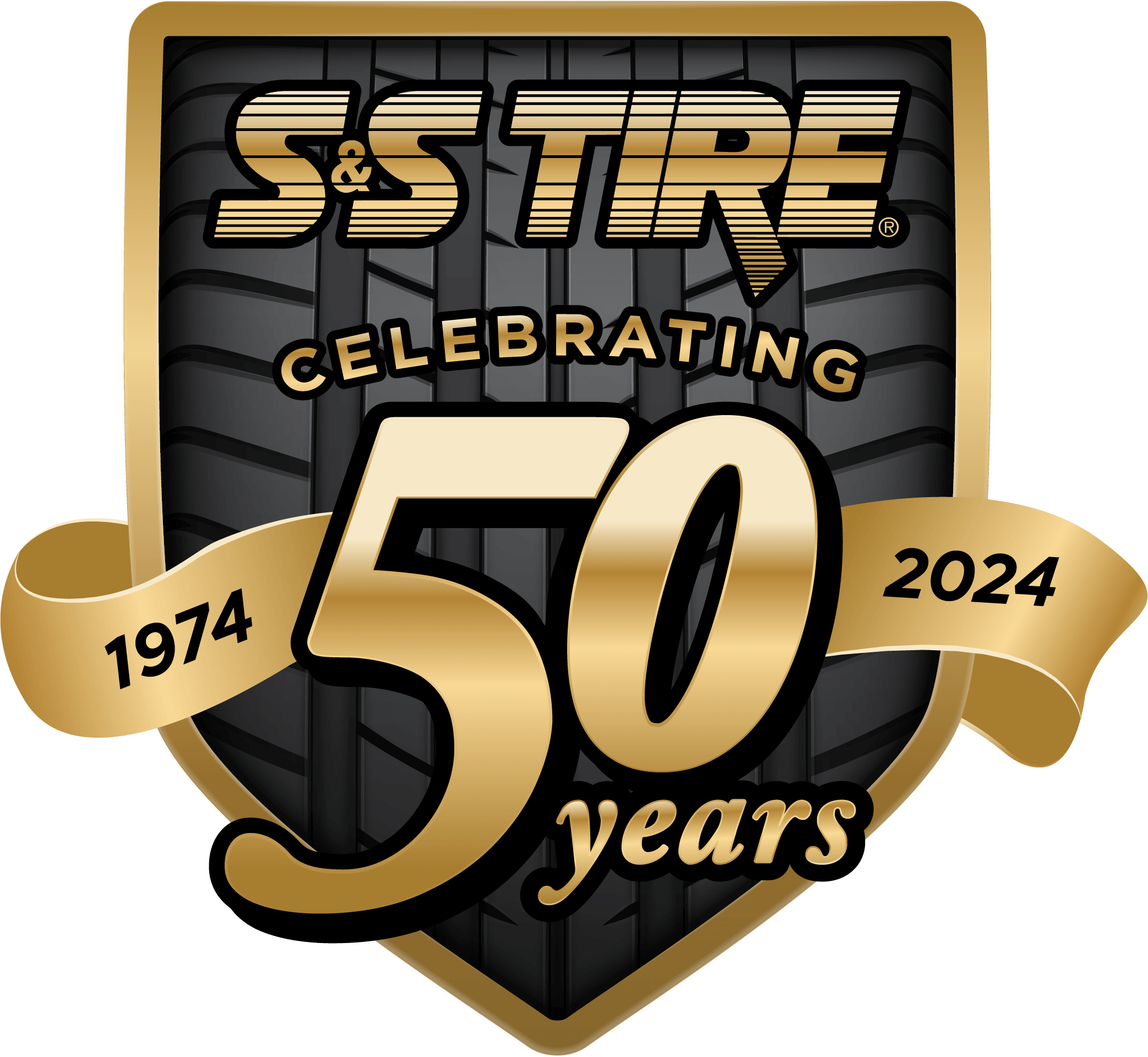 Dear Tracy,
Dear Tracy,
All the rain we have been getting in my area has me very worried about hydroplaning and getting into an accident. Can you explain what exactly happens when a car hydroplanes and how best to handle the situation?
Bret B.
Dear Bret,
Hydroplaning is much like skidding or sliding, but actually has the potential to be much more dangerous because it is nearly impossible to control. It happens when water pressure causes your car to rise up and slide on a thin layer of water, during which time your tires lose contact with the road.
Anyone who has experienced hydroplaning can tell you, it is an extremely frightening situation. If hydroplaning does ever occur while you are driving, fight the urge to brake or turn suddenly. Ease your foot off the gas until the car slows and you can feel the contact with the road. If you do have to brake, do it with a light pumping action. Most vehicles now have anti-lock braking systems that will safely and effectively pump automatically as you brake.
The good news is that hydroplaning is highly preventable. A number of avoidable factors contribute to the likelihood of hydroplaning including: worn tire tread, improper inflation, and driving at high speed. The tread on your tires has been designed to prevent hydroplaning by channeling and dispersing water and slush away from the face of the tire. Worn tread is unable to do this because the channels lack the required depth. Under-inflated tires also lack the ability to disperse water properly. Traveling at high speed is a problem, too, because the tire does not have enough time to push the water out of the way, as it is meant to do.
Keeping your tires in good condition and driving smart in inclement weather will go a long way in preventing hydroplaning. Remember to slow down when driving through rain, snow, or slush, particularly when turning or on curves. Always try to avoid driving through puddles or standing water.
